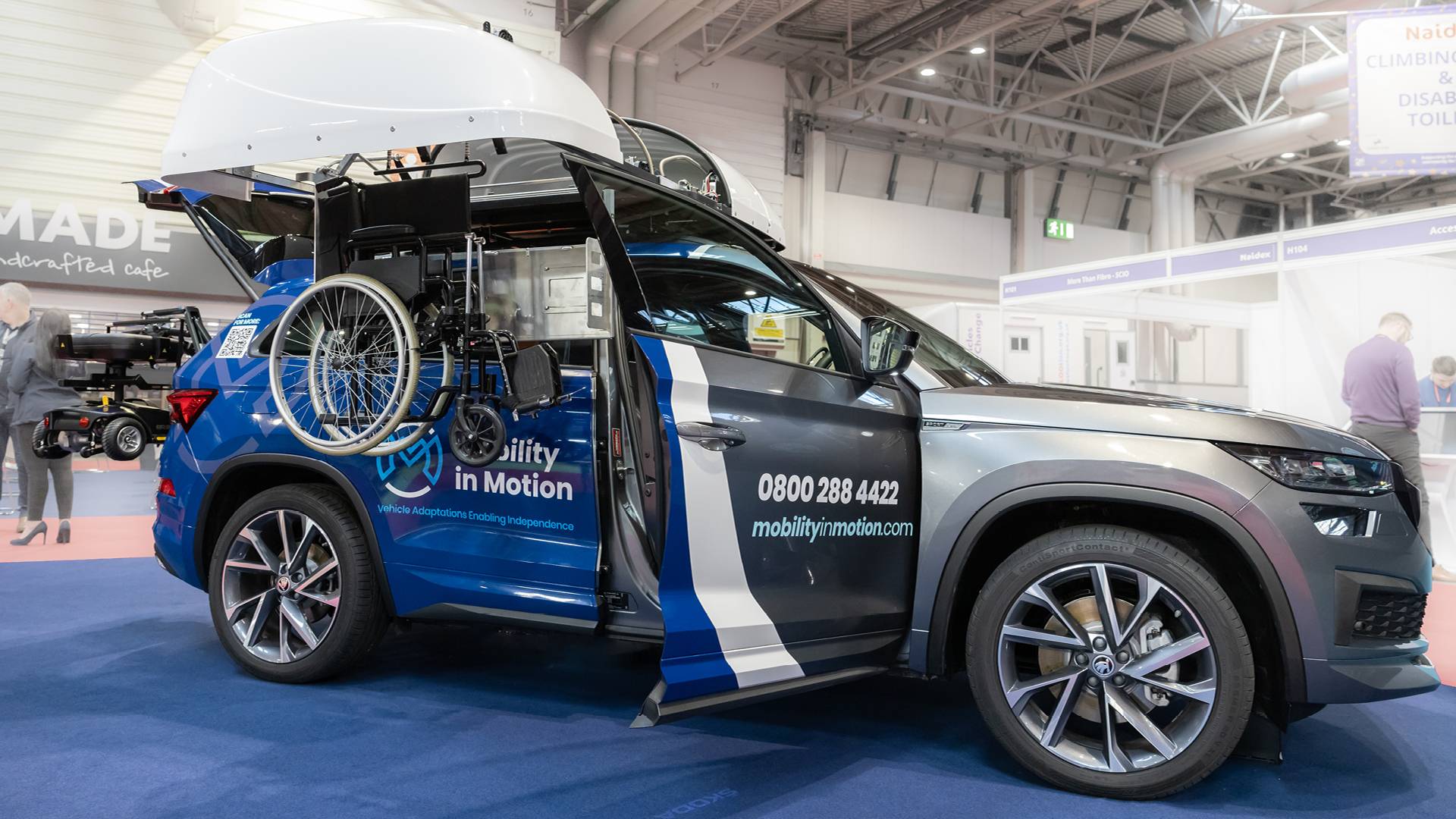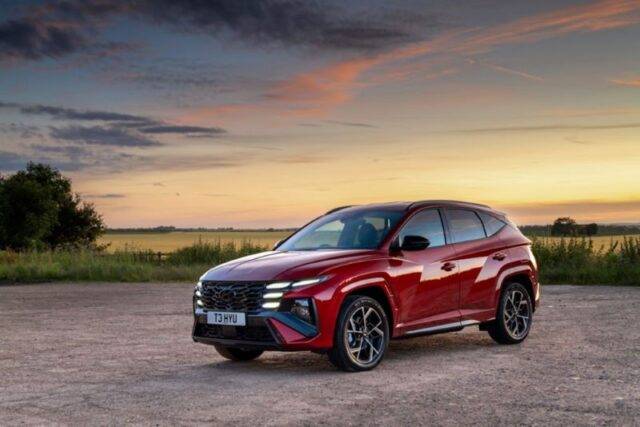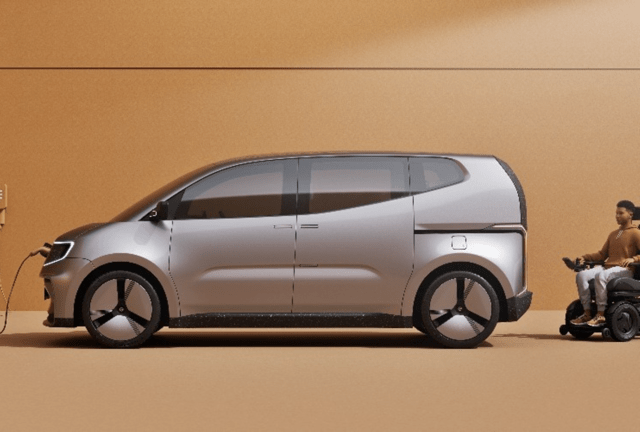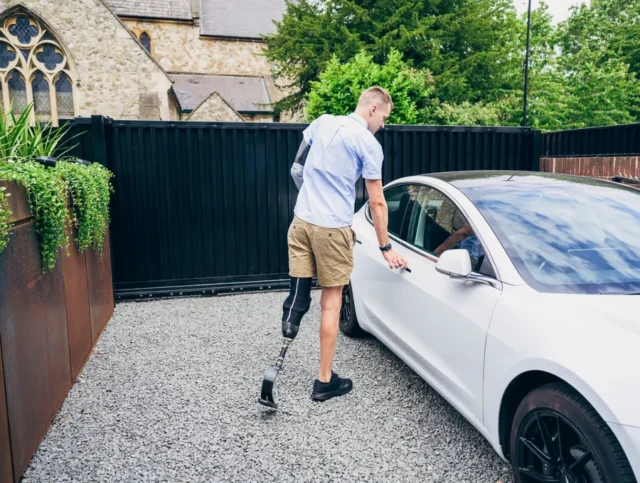How Video Is Revolutionising Accessibility In The Motability Sector

Do you know disabled people can drive with the right adaptations to fit their disabilities? If you didn’t, you’re not alone.
In the UK, among the 14.6 million disabled individuals, few, along with their families, caregivers, or referral organisations, are aware that driving is a feasible option, let alone the support and adaptations readily accessible to them.
For decades, the Motability sector has grappled with a persistent challenge: a surprising lack of awareness. Despite offering life-changing solutions for disabled drivers such as car adaptations to make driving easier, many who could benefit remain unaware of the options available. This limited accessibility creates a barrier to independence and freedom for countless individuals.
However, there is hope on the horizon. A digital revolution is underway, with video leading the charge. Motability is using the power of moving images to bridge the gap between possibility and awareness.
Charlie Winter, digital expert at Mobility in Motion explains the importance of visual storytelling in building awareness of car adaptations…
Why there continues to be a ‘lack of awareness’ when it comes to car adaptations for disabled people
According to the UK Parliament research briefing, in 2021 disabled adults in England made 28% fewer trips per year on average compared to non-disabled adults (594 trips vs 821 trips). This suggests many disabled individuals face mobility challenges that could potentially be addressed through adapted vehicles.
The biggest hurdle lies not in the complexity of the adaptations themselves, but in the lack of public knowledge. There’s a fundamental disconnect between the industry and the potential user base.
Traditionally, car dealerships have been a crucial touchpoint for many drivers seeking new vehicles. However, these dealerships may not be equipped to educate customers about the extensive range of mobility adaptations available.
For a car dealership to offer this adaptation, first of all, a disabled person has to be considering whether they can drive to go into that dealership, to even ask for the car in the first place.
This lack of initial awareness creates a vicious cycle. Potential users don’t know what to ask for, and dealerships, often lacking the expertise or resources, may not be able to offer the necessary guidance. As a result, countless disabled individuals resign themselves to the belief that driving is no longer an option for them.
What’s more, adults took a higher proportion of trips as car passengers (19%) compared to non-disabled adults (12%), according to the briefing, indicating a greater reliance on others for transportation rather than driving themselves with an adapted vehicle.
This makes disabled people reliant on public transport. More data shows that only around 50% of disabled people in England were satisfied with their local public transport information service, implying a lack of accessible information on transportation options like adapted vehicles.
However, it’s worth acknowledging that, despite the initial lack of awareness, video could prove to be the biggest game-changer when it comes to accessibility, as video content can be easily accessed from the comfort of our homes and can also be viewed in an accessible format. At Mobility in Motion, we also do live broadcasts which elevates video even further by providing an interactive demonstration. As well as this, we offer a unique online assessment service, an innovative approach to bring the showroom experience to your doorstep.
How video is unlocking a world of possibility for disabled drivers
Video accessibility offers the possibility for disabled people to see firsthand how these driving adaptations function within the familiar environment of a car. The technical explanations become secondary; the ease of use becomes the main focus.
The biggest step area of development has been the move from a still image to a video. Having the capacity to show somebody a video of another disabled person, or another wheelchair and cane user, and seeing that person behind the wheel of a car using hand controls can be life-changing for most disabled people.
Unfortunately, at this time there is slow progress in disability representation across video content, noting only 4.1% of titles included disability themes as of late 2022, according to data. However, it does not quantify the awareness impact of this representation.
Having video allows us to demonstrate the function of something unfamiliar, because people know what a car looks like and if we show them a photograph of an adaptation on a steering wheel, it’s very hard to see. It’s difficult to articulate what those adaptations are and what they do because everything is very tactile and physical.
Using digital tools isn’t just about raising awareness, it’s about creating trust
The impact of video extends far beyond simply raising awareness. It acts as a powerful tool for fostering trust and empowering potential users. Videos featuring testimonials from satisfied customers become more than just marketing tools; they transform into relatable narratives.
Viewers witness the genuine joy and newfound independence that these adaptations bring to real people’s lives, showcasing everyday individuals who have reclaimed their mobility and the freedom of the open road.
Data shows video has enabled 52% of marketers to build trust with their potential customers. Video testimonials have played a part in convincing 77% of people to buy a product or service according to the same document.
This authenticity is key. It motivates viewers to explore their own possibilities, sparking a sense of hope and a belief that driving can once again be a part of their lives.
The power of video goes even deeper. These real-life stories not only raise awareness but also build trust. Viewers see themselves reflected in the experiences of others on screen. They witness individuals from diverse backgrounds and with varying disabilities successfully using these adaptations.
This shatters the misconception that these solutions are limited to a specific demographic. Instead, viewers come to understand that car adaptations are for anyone who desires to reclaim their mobility and rediscover the freedom of driving.
The power of video extends beyond the content itself. A well-structured website with clear navigation and accessibility features is crucial for maximising reach.
This includes features like closed captions and transcripts for videos, ensuring information is accessible to users with hearing impairments.
Additionally, offering downloadable resources in various formats, like easy-to-read guides and audio descriptions, caters to a diverse range of needs and learning styles.
How is Augmented Reality (AR) impacting accessibility?
While video currently reigns supreme in raising awareness about car adaptations, there is one particular type of technology that is going to scale how digital works with consumers to a whole new level: Augmented Reality (AR).
There are limitations right now. At the moment data shows there are very few AR projects (<1%) that have considered accessibility needs so far, highlighting a major gap in inclusive design practices. Widespread adoption requires a more developed technological landscape and a user base comfortable with this type of interaction.
Despite these limitations, the potential of AR for the Motability sector is undeniable. As the technology matures and user comfort levels increase, AR has the potential to become a powerful tool alongside video.
In the foreseeable future, video will likely remain the most effective tool for reaching a broad audience. But with continued advancements, AR has the potential to personalise the experience even further, offering a glimpse into a future where individuals can confidently explore their driving possibilities before ever stepping foot in a dealership.

Accessible travel
The Best Cars Currently Available On The Motability Scheme
The Motability Scheme is fantastic for disabled people, providing them with the opportunity to lease a brand-new car using their qualifying Mobility Allowance. With so many…

Accessible travel
The Future of Electric WAVs: Overcoming Challenges & Embracing Accessibility
Discover the challenges of Electric Wheelchair Accessible Vehicles (eWAVs) and how our innovative adaptations are paving the way for accessible EVs today. Explore our insights into…

Driving with adaptations
Cost-Effective and Reliable Driving Aids for Amputees: Our Recommendations
Life after limb loss and amputation doesn’t have to mean the end of driving. Although it can affect your mobility and driving ability, there are a…